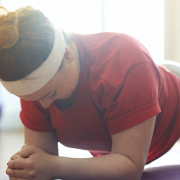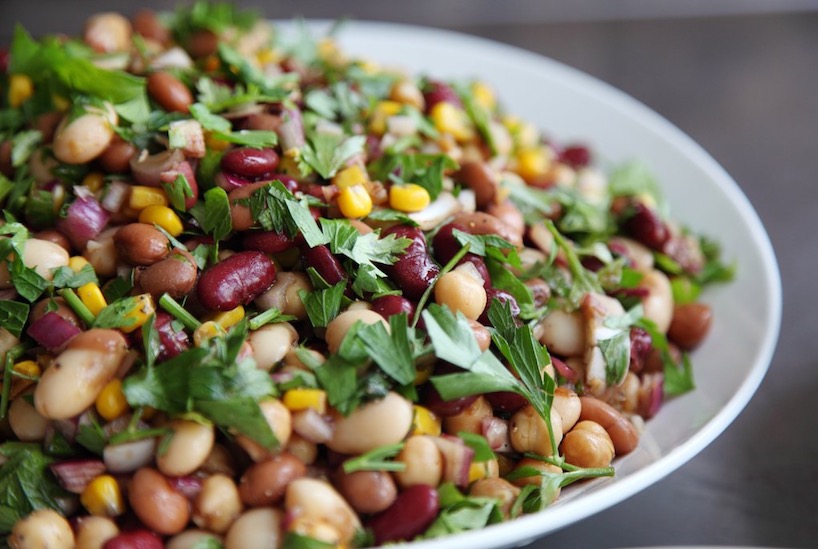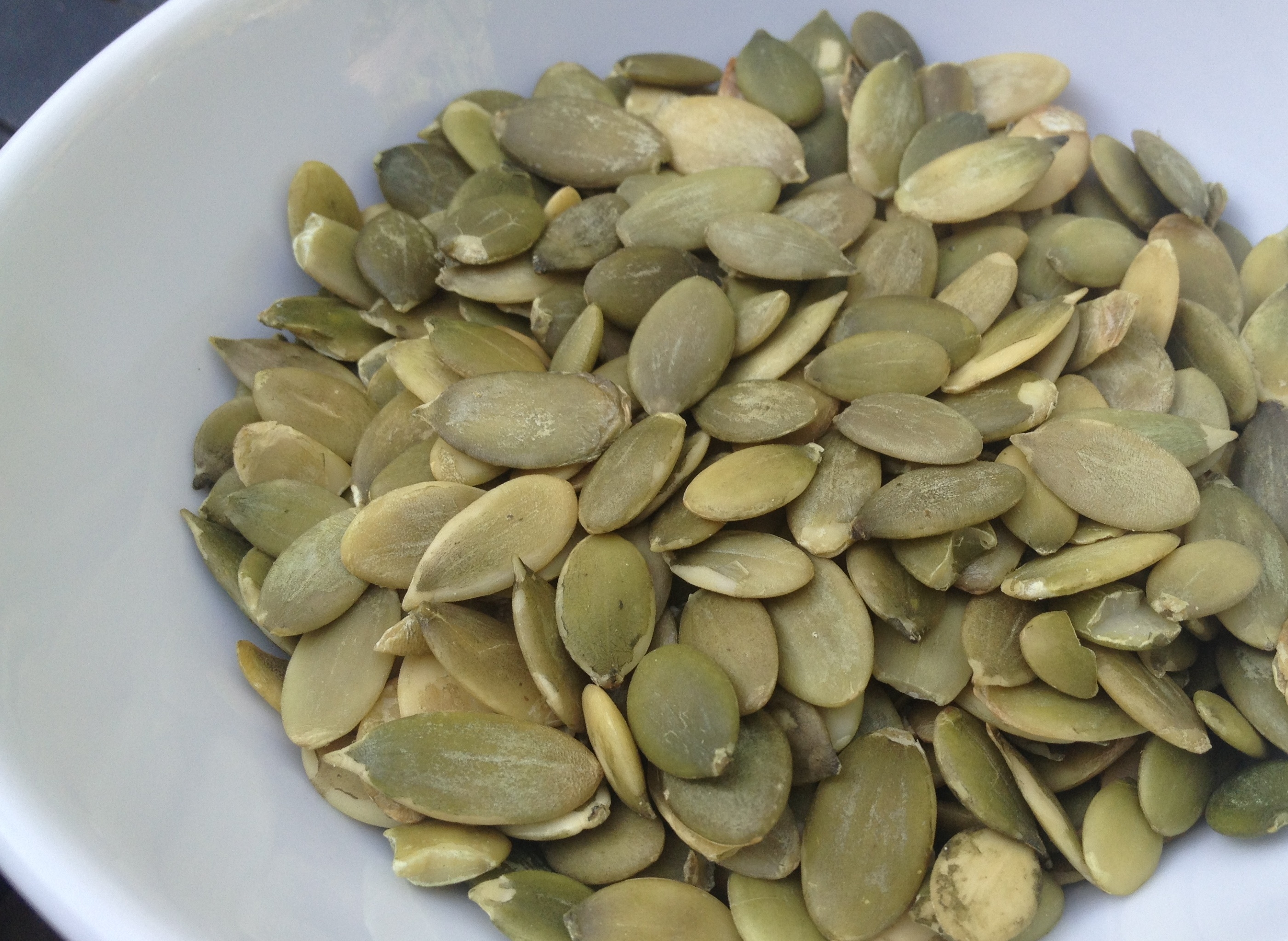For years, I’ve been getting flooded with emails in response to one of my more popular articles: “Intense Exercise Training During a Juice Fast? Is This Even Possible?” While this article was largely based on my own personal experiences, insights and reflections, I remain amazed at the number of people who feed into the notion—One that might seem somewhat rogue to many.
Indeed, conservative health and wellness professionals shun the very idea of juice fasting, let alone in combination with exercise, often citing the “starvation response” and consequent muscle wasting as primary reasons for concern.
However, it’s more than likely true that the very individuals who shun the practice have never actually tried it.
Unlike these folks I have.
And, if you’re reading this article, I’m guessing you already know a thing or two about juice fasting and juicing in general so, from here on out, I’ll mostly focus on the role of exercise in the equation.
Related Article: Juicing Vs Blending: Which is Really Better for You?
There are countless reasons why people choose to engage in exercise while fasting in general. Though some impulsively do so for the sole purpose of rapid weight loss, many are athletes and fitness enthusiasts seeking to maintain their exercise and fitness-related goals.
If you’re one of the latter, you’re probably wondering if exercising while fasting will do you more harm than good.
You’re probably questioning whether or not your body will really enter starvation mode—That is, the process by which your body inherently breaks down muscle protein and hoards fat in response to extreme calorie restriction. I’m sure you’ve heard that this starvation mode can lead to muscle wasting, hinder weight loss, and, even increase the likelihood of weight gain.
All this is certainly possible, particularly if you’re not exercising the right way and for the right reasons.
For instance, if you intend on undergoing a juice fast for weight loss and your idea of exercise involves performing excessive amounts of cardio day in and day out, you will in fact lose muscle and likely lose little weight (outside of meaningless water weight). The more muscle you have, the higher your metabolic rate and the more calories you’ll burn each day.
Therefore, muscle loss is not at all ideal if your goals are centered on losing weight.
Related Article: The Important Role of Metabolism in Weight Loss
Personally, I don’t engage in juice fasting for weight loss purposes. I do so because I actually love the way it makes me feel, especially when I add exercise to the mix!
At this point in my life I’m shooting for weight management. Since I’ve trained pretty hard for the last 20 years, I typically have to work out at a relatively high intensity in order to maintain the amount of fitness that I so wish to maintain.
This is why I choose to exercise while juice fasting.
If you’re anything like me, you don’t want to sacrifice your active lifestyle when fasting. You too may have experienced the thrill of exercising while fasting, but you just want to be sure that you’re not exposing your body to unnecessary harm.
As an exercise physiologist, nutritionist, and all around fitness enthusiast who regularly engages in exercise training while juice fasting, the single most important piece of advice that I can give you is to continue working out while fasting and never ever stop! Your body will retain muscle so long as you’re using muscle.
So, use it or lose it!
In order to maintain muscle during prolonged fasting periods your body needs a sufficient stimulus. It’s also best to take in ample amounts of B-vitamins, antioxidants, and other phytonutrients, which is why I generally prefer fasting with fresh vegetable and fruit juices over traditional fasting with only water and/or tea.
Related Article: Supplements Are No Substitute for Good Nutrition
While muscle is generally used during all types of exercise and physical activity, it needs to be pushed beyond its normal limits during fasting. There’s really only one way to do this and it essentially involves performing resistance training and/or higher intensities of cardio exercise.
You should focus more on explosive bouts of exercise lasting no more than 45 minutes to an hour with the goal of preserving your muscle and, ultimately, your metabolic rate. That’s it! Don’t perform a whole lot of cardio in an effort to burn more calories and please don’t attempt to build ‘new’ muscle either.
It’s all about muscle maintenance when fasting.
During juice fasting, my training is usually comprised of resistance training with compound exercises targeting all the major muscle groups. While I do perform cardio, it’s typically of a very high intensity lasting for no more than 10-20 minutes.
Related Article: Exercise Training While Juice Fasting: The Best Blends for Fueling Your Workouts
Below, I’ve outlined a typical exercise regimen that I generally implement during a seven-day juice fast.
I’ve detailed both the resistance training and cardio components of my workouts to give you a general idea of just how intense they really are. You may be able to use them as rough guidelines for putting together your own exercise training program for fasting.
My Exercise Training Program
Day 1. Approximately 10-20 minutes of high-intensity cardio exercise comprised of stair climbing, running sprints, stationary bike hill intervals and sprints, rope skipping and/or jumping jacks.
Day 2. I typically repeat the following sequence of exercises 2-3 times (in order) with 15 seconds (or less) of rest between exercises and no more than 1-2 minutes of rest between the sequences.
- Rope skipping (3-5 minutes)
- Bodyweight or dumbbell squats (to fatigue)
- Pushups (to fatigue)
- Floor plank (60-90 seconds)
- Chair dips (to fatigue)
- Burpees (to fatigue)
- Jumping jacks (3-5 minutes)
- Bodyweight or dumbbell squats (to fatigue)
- Pushups (to fatigue)
- Floor plank (60-90 seconds)
- Chair dips (to fatigue)
- Burpees (to fatigue)
- Rope skipping (3-5 minutes)
Day 3. Approximately 10-20 minutes of high-intensity cardio exercise comprised of stair climbing, running sprints, stationary bike hill intervals and sprints, rope skipping and/or jumping jacks.
Day 4. For this workout I perform each weightlifting exercise for 8-10 repetitions using enough load (weight) to fatigue my muscles within this repetition range. I then repeat the sequence of exercises 2-3 times (in order) with 15 seconds (or less) of rest between exercises and no more than 1-2 minutes of rest between the sequences.
- Lat pulldown (machine)
- Dumbbell chest press (on an exercise ball)
- Leg press (machine)
- Arnold shoulder press (dumbbells)
- Stationary bike sprints (5 minutes)
- Dumbbell row (dumbbells)
- Dumbbell fly
- Lateral raise (dumbbells)
- Standing biceps curl (dumbbells)
- Triceps pushdown (machine)
- Stationary bike sprints (5 minutes)
Day 5. Approximately 10-20 minutes of high-intensity cardio exercise comprised of stair climbing, running sprints, stationary bike hill intervals and sprints, rope skipping and/or jumping jacks.
Day 6. I typically repeat the following sequence of exercises 2-3 times (in order) with 15 seconds (or less) of rest between exercises and no more than 1-2 minutes of rest between the sequences.
- Rope skipping (3-5 minutes)
- Jumping jacks (3-5 minutes)
- Bodyweight or dumbbell lunges (to fatigue)
- Burpees (to fatigue)
- Chair dips (to fatigue)
- Floor plank (60-90 seconds)
- Chair dips (to fatigue)
- Bodyweight or dumbbell lunges (to fatigue)
- Burpees (to fatigue)
- Jumping jacks (3-5 minutes)
- Rope skipping (3-5 minutes)
- Floor plank (60-90 seconds
Day 7. Full rest day.
Related Article: 5 Cheap and Convenient Ways to Burn Fat Fast
 And there you have it—An ideal exercise program to include in your juice fasting regimen. Hopefully, I’ve provided you with somewhat of a model for developing your own exercise training plan to be carried out during a juice fast.
And there you have it—An ideal exercise program to include in your juice fasting regimen. Hopefully, I’ve provided you with somewhat of a model for developing your own exercise training plan to be carried out during a juice fast.
Now, I will say this. I wake up every morning with my exercise training plan in mind; however, on some days things just don’t go as planned. In such cases I simply adjust. If, for whatever reason, my juice fasting regimen starts to take a toll on my body, I may replace my workout with 45-60 minutes of meditation instead.
I also avoid the urge to go overboard with my workouts if I don’t feel up to it. Whether you’re fasting or not, successfully maintaining any exercise training plan requires a little flexibility.







